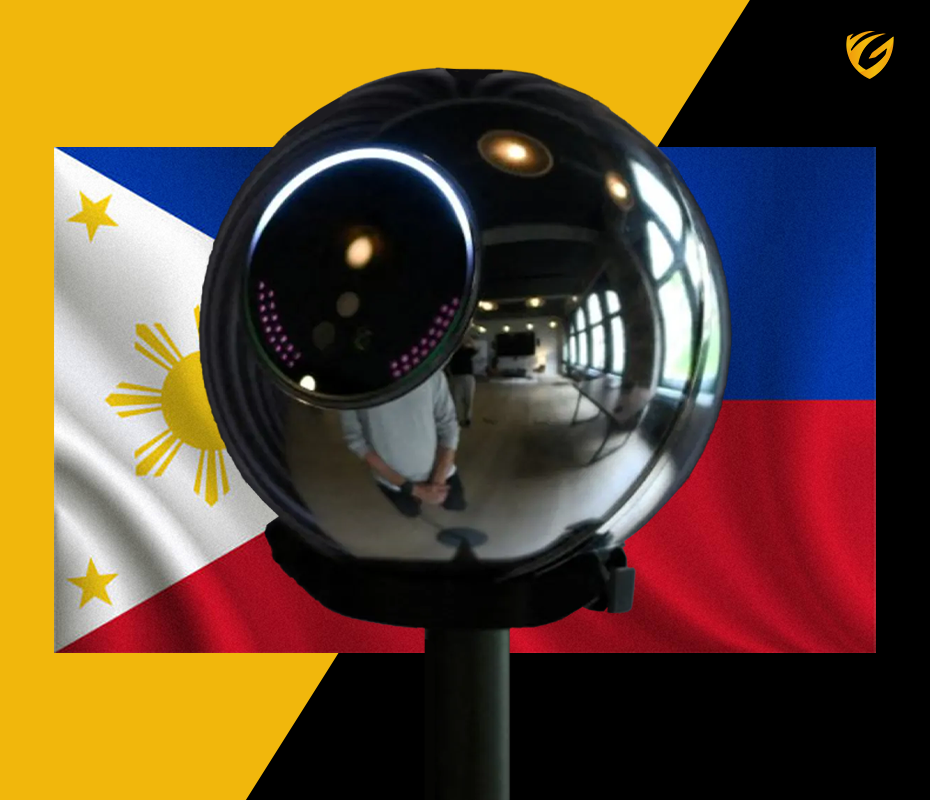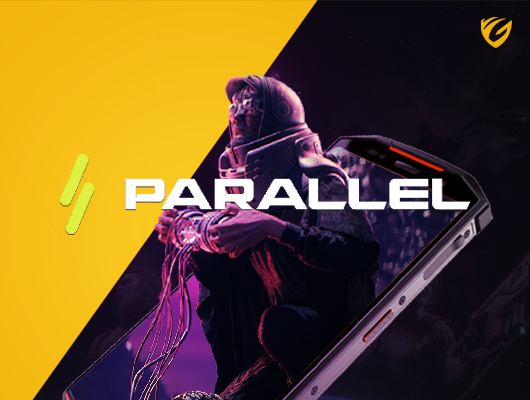The Escalating Race to Connect Our Minds with Computers
The idea of fusing the human brain with computers has long caught our collective imagination in the annals of science fiction. However, as technology blurs the distinction between fact and fantasy, a flurry of medical experiments is advancing brain implants closer to reality. With the help of billions of dollars and the promise of life-changing therapies, these tiny devices that were long left to the pages of science fiction stories are quickly emerging as crucial figures in determining the course of humanity.
Previously derided as the stuff of far-fetched science fiction stories, brain implants are now asserting themselves as a real path for medical innovation. Brain-computer interfaces are moving from the realm of science fiction to the verge of reality thanks to the combination of scientific discoveries, technological prowess, and visionary investment. Although these implants are still in their infancy, their potential uses for them are almost unlimited and show promise for treating some of humanity’s most crippling diseases.
The enormous potential of brain-computer interface technology has been acknowledged by both investors and medical experts. Millions of money are poured into specialist businesses motivated by the admirable goal of finding cures for diseases that have long defied available medical options. This increase in financing is more than just a financial phenomenon; it symbolizes a shared determination to transform the field of medical innovation through ground-breaking scientific research.

Transformations in the Real World: From Paralysis to Mobility
Brain-computer interface research is still in its infancy, but effects are already being seen. When a Dutchman who had been crippled in a motorcycle accident could walk again in May, the experiment captured the attention of the entire world. A set of implants that successfully restored connectivity between his brain and spinal cord served as the impetus for this amazing performance. This significant accomplishment highlights the field’s ability to rewrite the history of medical possibilities and serves as a tribute to the impressive advancements that have been accomplished in it.
A worldwide fever is being sparked by the dramatic success stories from brain-computer interface research. These innovations have fueled the flames of hope and sparked a tangible buzz within the business. The surroundings are dotted with striking experiments that have not only captivated people’s attention but also provided hints of a time when technology will be smoothly integrated into everyday life.
Beginning of a New Era
The rush to connect our brains with computers is accelerating, ushering in a new era when the impossible becomes possible. The unwavering commitment of academics, the financial support of investors, and the fortitude of patients are coming together to pave the way into unknown scientific territory despite numerous obstacles and ethical dilemmas. What was once confined to science fiction’s periphery is now on the verge of changing communication, medicine, and the nature of human experience.
Brain-computer interfaces are now at the forefront of scientific and medical research thanks to the relentless march of advancement. The collective movement toward integrating technology with our consciousness is gaining speed as the line separating fantasy and reality becomes increasingly blurred. The race has gained global attention and is no longer restricted to the pages of fantastical literature. It holds the potential to radically alter our understanding of what it means to be human. Humanity is on the verge of a brave new era, where the lines defining what is possible are being redrawn, while the race proceeds.



